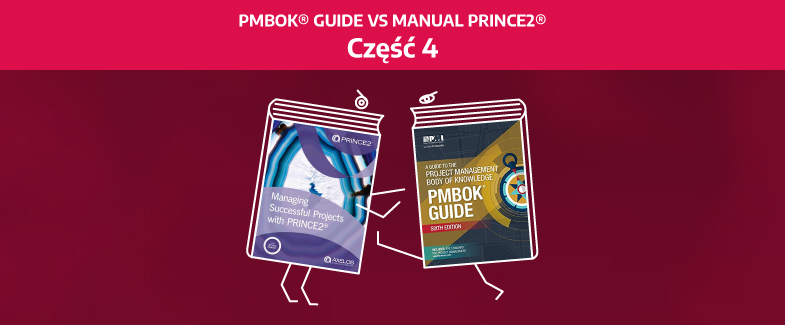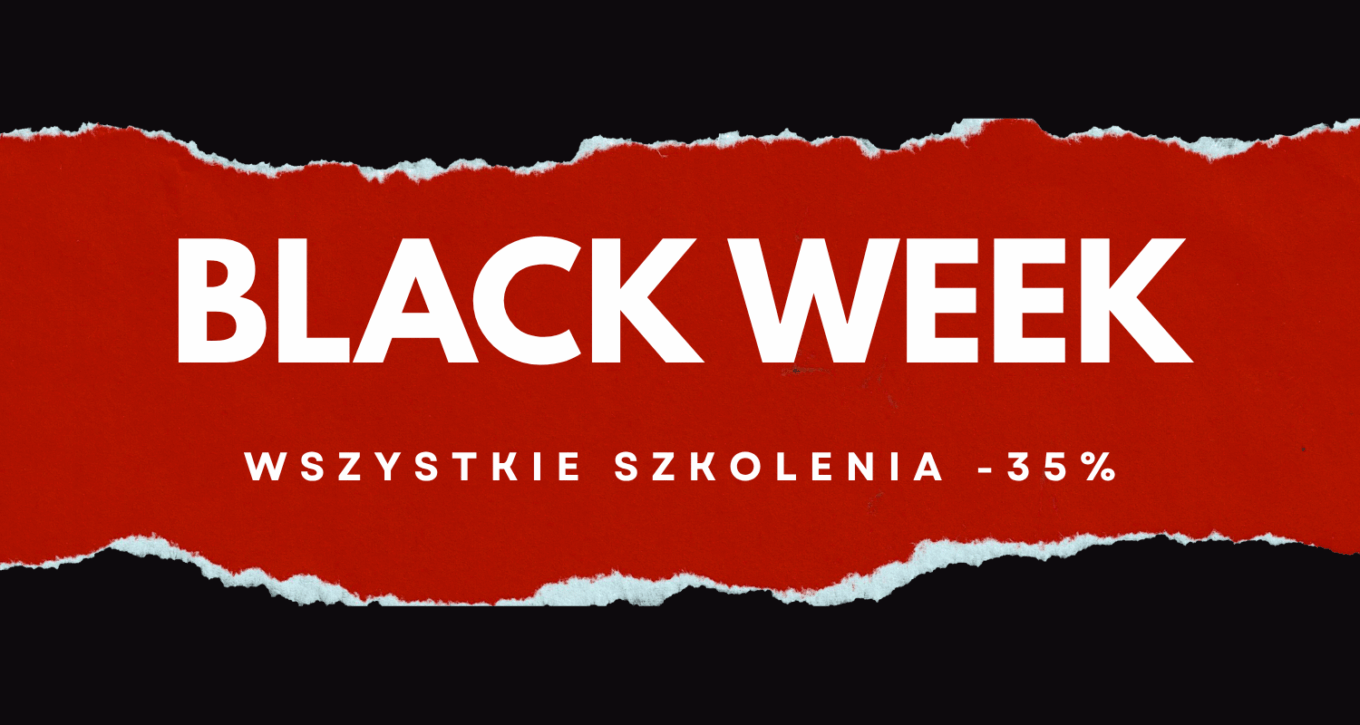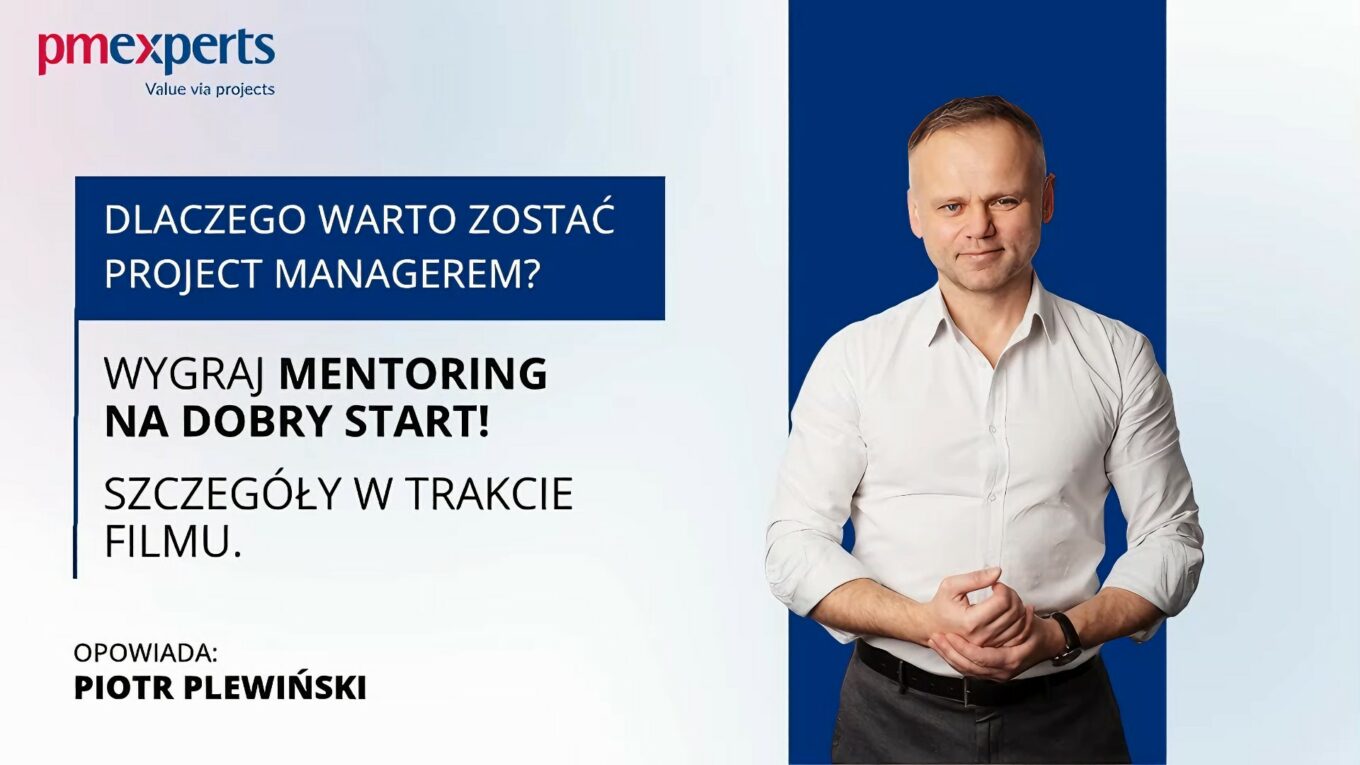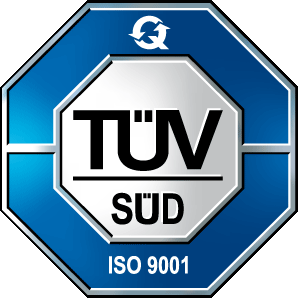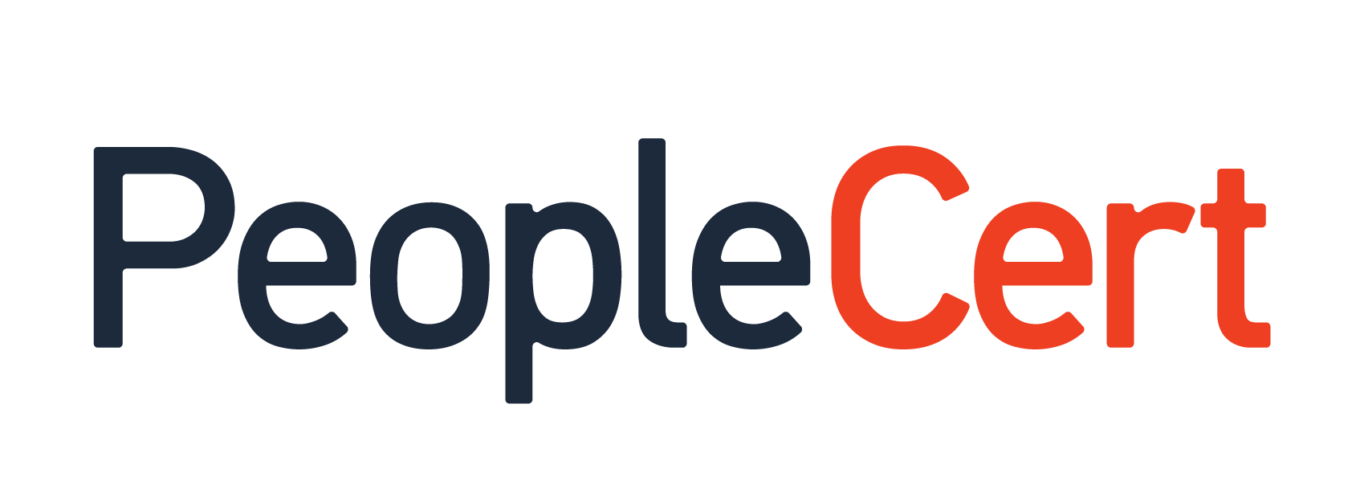W trzeciej części serii artykułów porównujących PMBOK® Guide oraz manualu PRINCE2® zajmowaliśmy się podejściem obu publikacji do zintegrowanego kontrolowania zmian. Wykazaliśmy ich pełną zbieżność w tym obszarze. Jednocześnie zakończyliśmy nasze rozważania przytoczeniem fragmentów wyraźnie stwierdzających, że poziom kontroli zmian zależy od specyfiki projektu i nie powinien skutkować przesadną biurokracją. Całość tych rozważań miała zaś swoje źródło w przedstawieniu dwóch podstawowych dokumentów planistycznych: dokumentacji inicjowania projektu (PRINCE2®) oraz planie project management. (PMBOK® Guide), as well as our awareness of the need to make changes to them.
But are the changes the same as making planning more precise in a shorter time horizon? Again, the answer must be definitely not. Intuition tells us that the project plan (PRINCE2®) or the baseline plan (PMBOK® Guide) may be framework documents leaving a lot of room for clarification. To find confirmation of our intuition, let us recall the two drawings presented in text regarding the project life cycle. They clearly indicate the entire project life cycle and its stages (PRINCE2®) or phases (PMBOK® Guide). Let's follow this trail.
One of the 7 principles of the PRINCE2® methodology is "stage management", which is discussed in section 3.4 of the manual. It means that "PRINCE2 divides the project into separate, sequential sections called management stages." “The management stage is the part of the project that the project manager manages on behalf of the steering committee at a given time. Once completed, the steering committee will review progress to date, the status of the project plan, the business case and risks, and the next stage plan to decide whether the project should continue.”
back to project life cycle according to PMBOK® Guide (section 1.2.4.1) is "a series of phases through which a project passes from its initiation to completion". However, there is an important difference from the PRINCE2® methodology, which talks about successive stages, while PMBOK® Guide states: These phases may be sequential, iterative, or overlapping. For this reason, we cannot equate PRINCE2® management stages and project phases consistent with PMBOK® Guide. The latter include: starting a project, organizing and preparing, doing the work, and finishing the project. They are the result of including 49 processes into 5 process groups, which may overlap, e.g. when implementing a project, we are constantly planning further parts of the implementation.
These parts are still called phases. PMBOK® Guide in the second paragraph of section 1.2.4.1 states: Within the project lifecycle there are generally one or more phases related to the development of a product, service or result. And here again we have convergence with the PRINCE2® methodology, which in section 3.4 of the manual contains the following indication: According to PRINCE2, a project must have at least two management stages - initiation stage, and at least one further management stage. And further: The more complex and risky the project is, the more management stages it requires.
Each of these management stages, except the last one, will include, in accordance with the PRINCE2 methodology (section 19.1 of the manual), the process of managing a stage boundary. “The purpose of end-of-stage management is to enable the project manager to provide the steering committee with sufficient information to: review the results of the current management stage; approve the plan for the next stage; review the updated project plan; approve the continuing business viability and accept the risks.”
IN PMBOK® Guide we will not find a direct equivalent of the end-of-stage management process, just as the stage plan defined therein is not precisely defined. Nevertheless, it is worth mentioning the rolling wave planning technique. It is described in detail in section 6.2.2.3: Rolling planning is an iterative planning technique in which work to be completed in the near future is planned in detail, while work that is to be completed in the near future is planned at a more general level. (…) During early strategic planning, when information is less defined, work packages can be broken down to a known level of detail. When more is known about events that will occur in the near future, work packages can be divided into activities.
Meaning that both in the PRINCE2® methodology and in PMBOK® Guide we found confirmation of our intuitive statement that basic project plans can be framework documents refined during the project. Although in this case we cannot compare exact equivalents taken from one and the other source, the coherence of the idea behind both is again clear. In the further part of our considerations, we will stay in the knowledge area of "Project Integration Management" to see whether coherence will also occur in the implementation part of the project.
Author: Maciej Krupa

